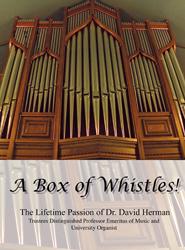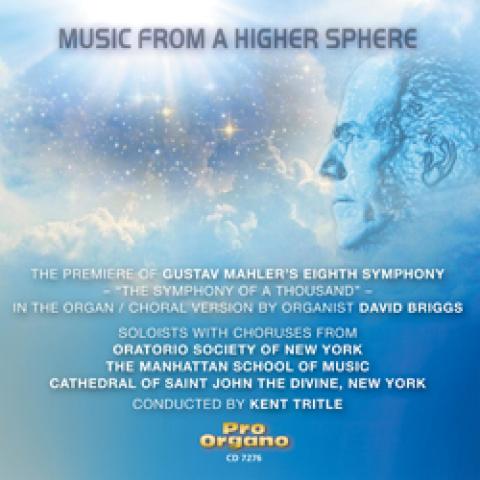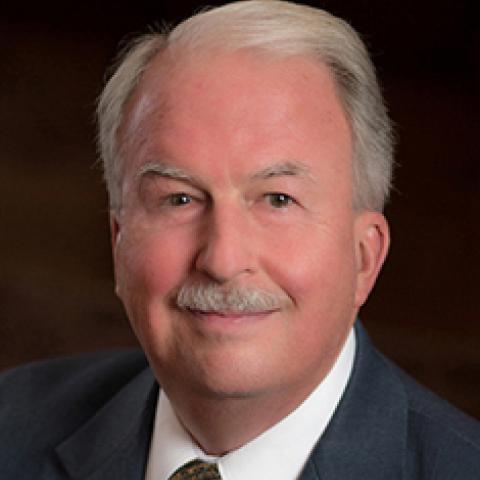
As a retirement gift, colleagues of David Herman, Trustees Distinguished Professor Emeritus at the University of Delaware, produced A Box of Whistles!, a video about his lifelong dedication to the organ. The video documents Dr. Herman’s career as a concert organist in the United States and Europe and as a church musician. Included are scenes from Herman’s recent series of recitals on three historic organs of Scotland. Filmed and edited by John Palmer and Jennifer Barker, the 30-minute video can be viewed at https://vimeo.com/105406414.




